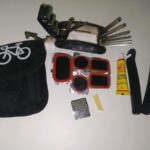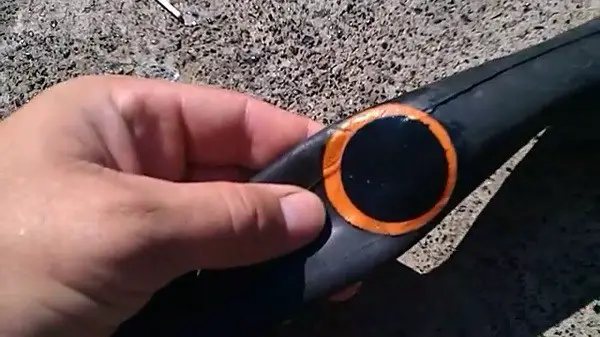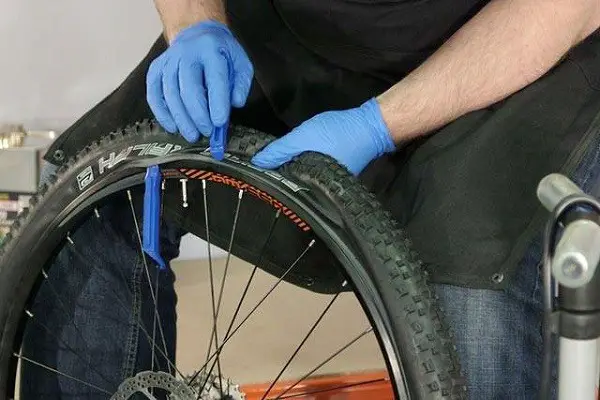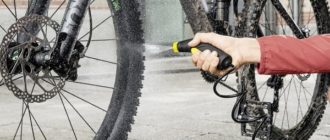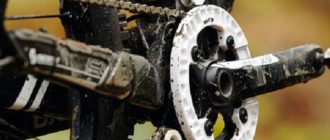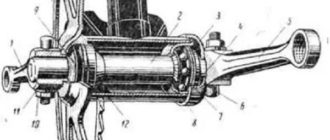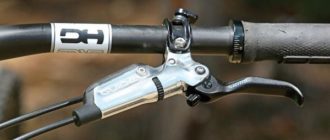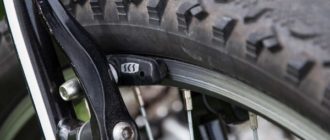No one is immune from trouble on the road. One common problem is a punctured tire. To get back on the road as quickly as possible, you should have a bike tube repair kit with which you can patch the hole and continue riding.
What’s included in a bicycle repair kit
As a rule, this is a standard kit that allows you to quickly repair the camera and get to your destination or the nearest repair shop. So, a bicycle repair kit includes the following components:
- special glue – uses a specific compound that hardens quickly and holds the patch well;
- several plastic hooks that can be used to dismantle the camera;
- sandpaper to grind the place where the patch will be glued;
- patches of different shapes and sizes;
- A chalk for marking.
Some kits may also include a compact hand pump. However, such kits are more expensive than conventional ones.
Instructions for use
To make the repair kit for the camera of the bicycle useful, you need to know in what sequence and how exactly to use its components. The algorithm is as follows:
- Remove the fenders and brakes.
- Turn the bike over and place it on the handlebars.
- Unscrew the fixing bolts and remove the wheel.
To dismantle the camera:
- Deflate the air completely.
- Use the lever to lever up and move the tire sideways with your hands.
- Remove the tube with a plastic fitting.
To find the damaged place:
- Inspect the tire for damage.
- Pump a little air in order to hear the puncture location.
- Dip the inflated tire into the water to find the damage by the bubbles.
Using a repair kit:
- Dry the camera and clean the damaged area with alcohol or any surface degreaser.
- Sand the damaged area with sandpaper.
- Apply adhesive to the surface and apply a patch of suitable size.
- Firmly press the repaired area.
- Wait until the area is completely dry.
After the repair work is done, it is a good idea to inspect the bike tube again for minor damage. If the tire is no longer flat, you can put it back in place and continue using your bicycle.
Repair kit or spare – which is more effective?
There is no definite answer here – it all depends on the situation. If time is short or the damage is significant, it is advisable to use the spare, of course. But if there is an opportunity to stop on the road, you can use a repair kit.
It should be noted that the spare takes much more space and sometimes taking it with you is not the best solution. Therefore, each cyclist decides for himself what is preferable on the road in case of force majeure.
Tips and tricks
A punctured wheel is a very common nuisance. To reduce the likelihood of its occurrence, it is necessary to adhere to the following recommendations:
- Do not overinflate your tires – overinflated tires are more vulnerable;
- change tires in time (as soon as there is noticeable wear, replace the consumable);
- use special compounds which reduce the risk of damage to the wheel;
- try to drive on roads which pose the least risk to the tires (where there is no glass, sharp stones and other potentially dangerous objects);
- Use special tape that prevents holes from forming.
Experienced cyclists often use tubeless wheels. They practically do not bleed air and have a long service life.
Conclusion
To summarize, no one is safe from a punctured wheel. This trouble occurs regardless of riding style and conditions of use of a bicycle. But the ability to quickly and effectively fix the problem depends entirely on you. Try to have a spare or repair kit with you if you are planning a long trip.

